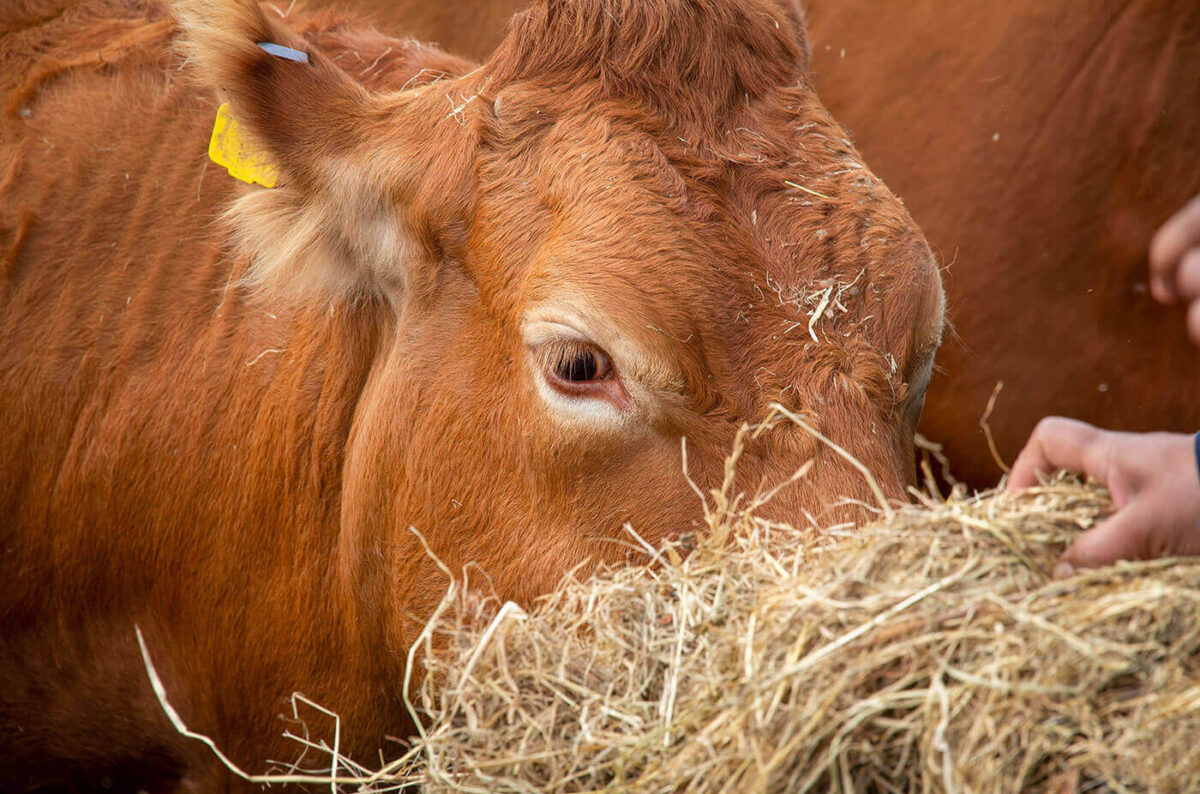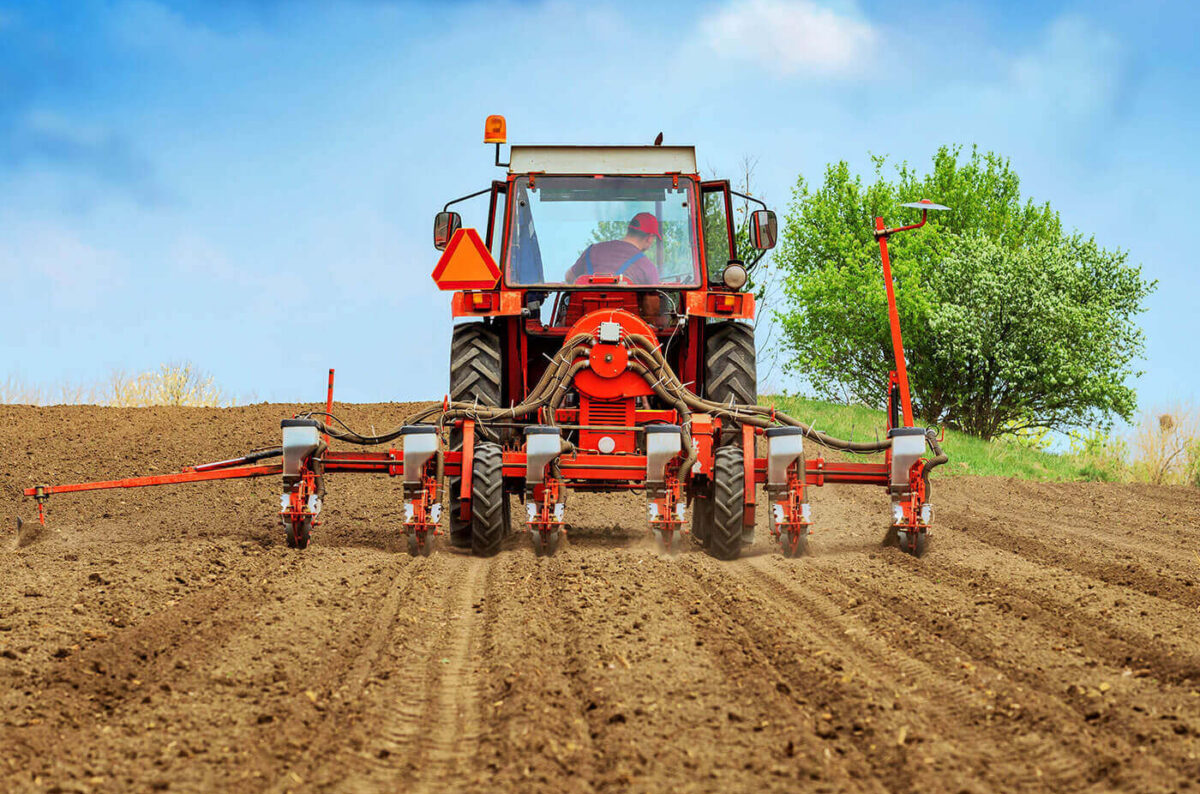
- Food Waste
- December 12, 2022
Our global food system stands at a pivotal crossroads. Despite producing more than enough calories to feed everyone on the planet, it leaves nearly 800 million people chronically undernourished while contributing to an obesity epidemic affecting over 650 million. Meanwhile, food production drives approximately one-third of greenhouse gas emissions, consumes 70% of freshwater withdrawals, and remains the primary driver of biodiversity loss.
This paradoxical system—simultaneously abundant yet inequitable, productive yet destructive—demands fundamental transformation. This article examines seven critical actions that could reshape our food system into one that nourishes both people and planet.
1. Rebalancing Protein Production and Consumption
The global meat industry exemplifies our food system’s unsustainability. Livestock production occupies nearly 80% of agricultural land while providing only 18% of global calories and generates 14.5% of all greenhouse gas emissions.
Transformative Actions:
Accelerate alternative protein development: Scale-up plant-based proteins, cellular agriculture, and precision fermentation technologies that deliver protein with dramatically reduced land, water, and climate footprints
Implement true-cost pricing: Remove perverse subsidies for industrial livestock while establishing policies that reflect meat’s full environmental and public health costs
Support livestock transitions: Help conventional producers transition to either more sustainable livestock systems (regenerative grazing, silvopasture) or alternative protein production
Leverage institutional purchasing: Use public procurement (schools, hospitals, government facilities) to build markets for more sustainable protein options
The goal isn’t necessarily global vegetarianism, but rather a rebalancing of protein sources. Innovative policies like Denmark’s plan to invest $90 million in plant-based foods while targeting a 30% reduction in beef and dairy consumption demonstrate politically viable pathways forward.
2. Revolutionizing Agricultural Subsidies and Incentives
Current agricultural subsidies—approximately $700 billion annually worldwide—predominantly support production methods and commodities that damage environmental systems and public health.
Transformative Actions:
Repurpose rather than reduce: Shift subsidies toward regenerative practices, agroecological systems, and ecosystem services rather than simply eliminating farmer support
Reward outcomes, not inputs: Develop payment systems based on carbon sequestration, water quality improvement, and biodiversity enhancement rather than production volume
Support producer transitions: Create comprehensive technical assistance, risk management tools, and transitional financing for farmers adopting sustainable practices
Reform trade policies: Align international trade rules with sustainability objectives, allowing countries to prioritize environmental and social outcomes
Switzerland’s agricultural policy offers one model, with approximately 80% of direct payments to farmers now tied to ecological performance metrics rather than production volume. Similarly, the European Union’s Farm to Fork Strategy aims to make 25% of EU farmland organic by 2030 through reformed subsidy structures.
3. Minimizing Food Loss and Waste
Approximately one-third of all food produced globally is never consumed—representing massive resource waste and unnecessary emissions equal to nearly 10% of global greenhouse gases.
Transformative Actions:
Set binding reduction targets: Implement national commitments modeled on the UK’s and Netherlands’ target of 50% reduction in food waste by 2030
Standardize date labeling: Harmonize confusing “sell by,” “use by,” and “best by” terminology that drives household waste
Improve infrastructure in low-income countries: Invest in cold chains, storage facilities, and processing capacity to reduce the 40% of food lost between harvest and distribution in many developing regions
Enable value-added processing: Create regulatory frameworks supporting the conversion of potential waste into new food products, animal feed, or industrial inputs
Countries like South Korea demonstrate what’s possible—reducing food waste by 47% through a combination of landfill bans, pay-as-you-throw systems, and mandatory separate collection of food waste.
4. Building Climate-Resilient Food Systems
Even with aggressive emissions reductions, food systems must adapt to already inevitable climate impacts on production, transportation, and storage.
Transformative Actions:
Accelerate crop breeding innovation: Develop climate-adapted varieties using both conventional breeding and appropriate applications of gene editing focused on heat tolerance, drought resistance, and pest resilience
Diversify production systems: Move beyond monocultures toward more diverse crop rotations, intercropping, and integrated crop-livestock systems that buffer climate shocks
Implement agroforestry at scale: Expand tree integration within agricultural landscapes to moderate temperatures, improve water management, and provide alternative income streams
Decentralize food infrastructure: Rebuild regional processing, storage, and distribution systems that can maintain functionality when global supply chains are disrupted
Rwanda’s climate resilience strategy demonstrates this approach, having established 100,000 hectares of terraced farmland, restored degraded watersheds, and introduced drought-resistant crop varieties, resulting in productivity increases despite increasingly erratic rainfall patterns.
5. Democratizing Food Technology and Knowledge
The concentration of agricultural technology, data, and research within a handful of multinational corporations undermines innovation and reinforces inequitable power dynamics.
Transformative Actions:
Revitalize public agricultural research: Reverse decades of declining public research funding to ensure technology development serves public goods rather than solely private interests
Establish open-source seed systems: Develop farmer-managed seed networks and participatory breeding programs that counter increasing patent restrictions on genetic resources
Create digital commons for agriculture: Build agricultural data platforms that give farmers control over their data while enabling collaborative innovation
Protect indigenous food knowledge: Implement legal frameworks recognizing indigenous contributions to food system knowledge and preventing biopiracy
The MASIPAG network in the Philippines exemplifies this approach, having developed over 2,000 rice varieties through farmer-led breeding while training over 35,000 farmers in agroecological methods free from corporate control.
6. Transforming Urban Food Environments
With over half the world’s population now living in cities, urban food environments powerfully shape both dietary choices and system-wide sustainability.
Transformative Actions:
Implement comprehensive food planning: Integrate food systems into urban master plans and establish food policy councils with meaningful authority
Reform zoning and land use: Remove barriers to urban agriculture, healthy food retail, and processing infrastructure in underserved communities
Create nutrition-sensitive public spaces: Design school grounds, parks, and public rights-of-way to incorporate food production and education
Establish healthy food procurement policies: Leverage institutional purchasing power to transform regional food supply chains
Cities like Belo Horizonte, Brazil, demonstrate the possibilities through their comprehensive food security programs combining public restaurants, subsidized food markets in low-income areas, school meal programs using family farm products, and urban agriculture initiatives—successfully reducing food insecurity from 11% to under 3% of the population.
7. Recalibrating Governance and Power
Perhaps most fundamentally, transforming our food system requires addressing the concentrated corporate power and fragmented governance structures that maintain status quo arrangements.
Transformative Actions:
Implement stronger antitrust enforcement: Address the extreme consolidation in agricultural inputs, processing, and retail that limits innovation and exploits both producers and consumers
Reform corporate governance: Establish legal frameworks requiring food companies to consider environmental and social impacts alongside profit
Create integrated food policy mechanisms: Develop governance structures that overcome siloed approaches separating agriculture, environment, health, and social welfare
Empower food sovereignty movements: Recognize food producers’ and consumers’ rights to define their own food systems through democratic processes
Finland’s approach illustrates possibilities through its National Food Strategy integrating nutrition, sustainability, food culture, and food security under a unified policy framework with cross-departmental governance and participatory implementation.
The Path Forward: From Fragmented Efforts to Systems Change
These seven action areas are deeply interconnected. Focusing on any single dimension in isolation—technology without governance reform, production changes without consumption shifts, policy without power redistribution—will yield limited results or unintended consequences.
Progress requires coordinated changes across multiple leverage points:
- Policy integration across agriculture, environment, health, and development
- Research alignment toward food systems outcomes rather than commodity productivity
- Financial innovation connecting sustainability with investment returns
- Coalition building across historically fragmented constituencies
- Narrative shifts reframing food as a fundamental right rather than merely a commodity
The UN Food Systems Summit and subsequent processes have created platforms for this systems approach, but meaningful transformation ultimately requires sustained engagement at national and local levels where implementation occurs.
Conclusion: The Opportunity Before Us
The challenges facing our food system are indeed daunting. Yet the convergence of climate urgency, pandemic disruptions, social justice movements, and technological innovation has created unprecedented momentum for transformative change.
The question is not whether our food system will transform—change is inevitable as current arrangements collide with planetary boundaries and social demands. The real questions are whether this transformation will be deliberate or chaotic, inclusive or unjust, systemically designed or piecemeal.
By pursuing these seven action areas through coordinated effort, we can build a food system that nourishes all people, regenerates ecosystems, adapts to climate change, and distributes value equitably. The alternative—continued degradation of our environmental life support systems and deepening social inequities—is simply not viable.
The choice is ours to make. But the window for decisive action is rapidly closing. The time to transform our food system is now.
What food system transformations have you witnessed in your own community? Which of these seven action areas do you think faces the greatest implementation challenges? Share your thoughts in the comments below.














